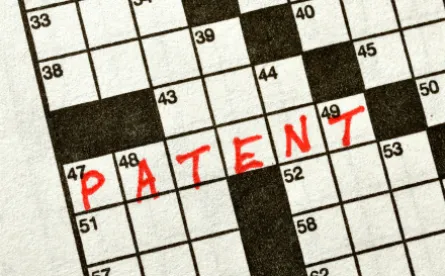On Nov. 8, 2018, the PTAB provided another presentation in its continuing series of Boardside Chats, during which Acting Chief Judge Scott Boalick, Acting Deputy Chief Judge Jackie Bonilla, and Vice Chief Judge Scott Weidenfeller covered the recently updated Trial Practice Guide (see our recent post entitled “Revamped Trial Practice Guide Holds Surprises”), SOP1 relating to assignment of panels, SOP2 relating precedential designation/de-designation, and perhaps most importantly, the newly proposed amendment procedure (covered in our recent post entitled “USPTO Announces Proposal To Facilitate Amendments In AIA Challenges”) for patent owners during AIA proceedings.
Concerning the new amendment procedure, Judge Bonilla shared that the PTAB may implement the pilot program shortly after the deadline for submitting comments on Dec. 14, 2018. For members of the public interested in providing comments on the proposed procedure before the Dec. 14th deadline, they may be submitted to TrialRFC2018Amendments@uspto.gov.
Judge Bonilla expanded on the 2 alternative sub-procedures that are proposed in the pilot program, one of which occurs when the preliminary decision on the motion to amend (“MTA”) indicates “a reasonable likelihood that MTA will be denied (entirely or in-part)” and the other of which occurs when the preliminary decision on the MTA indicates “a reasonable likelihood that MTA will be granted in relation to all proposed substitute claims” on when the patent owner chooses not to file any response following the preliminary decision.
The first alternative procedure allows up to 4 submissions (PO reply, petitioner sur-reply, 2nd PO reply, 2nd petitioner sur-reply) in the event that there is a revised MTA seeking to address the reasoning for the negative preliminary decision.
The second alternative procedure, by contrast, allows the petitioner to file a first reply given the favorable preliminary decision on MTA, after which the patent owner may file a sur-reply.
Over the years, the USPTO has introduced a number of useful improvements to ex parte prosecution through similar pilot programs, including the pre-appeal brief conference request (an abbreviated way to seek review of an Examiner’s decision) and the AFCP 2.0 program (allowing Examiners additional time to consider after-final amendments). If implemented following consideration of the public comments, this will mark the first time that a pilot program has been used in AIA proceedings.




 />i
/>i

